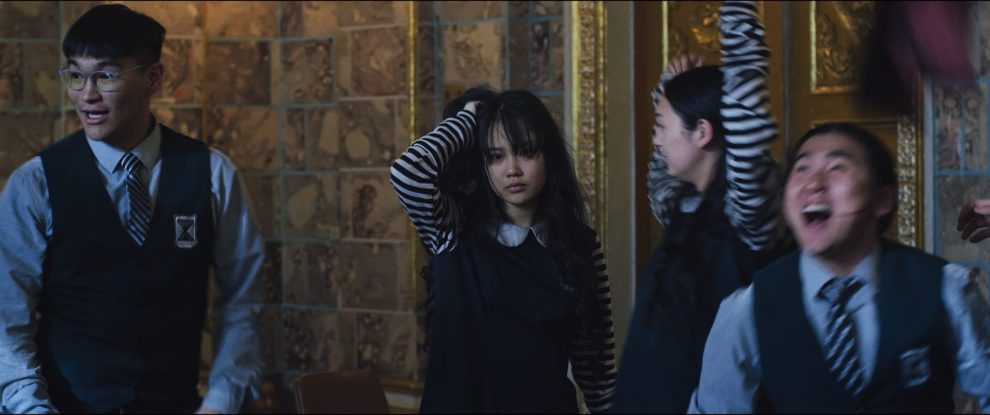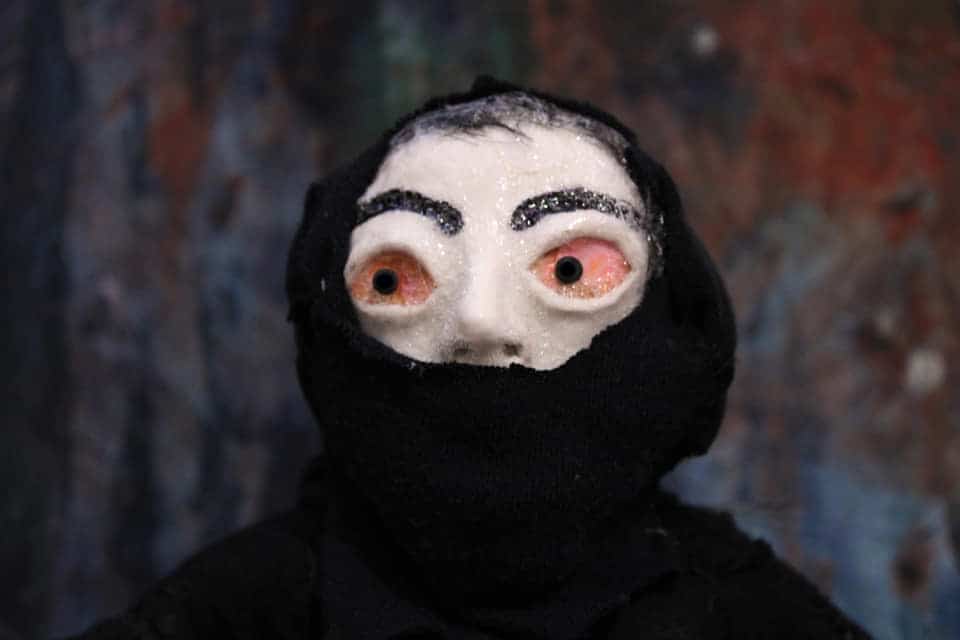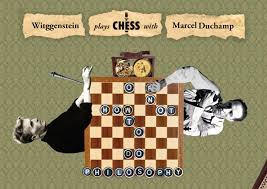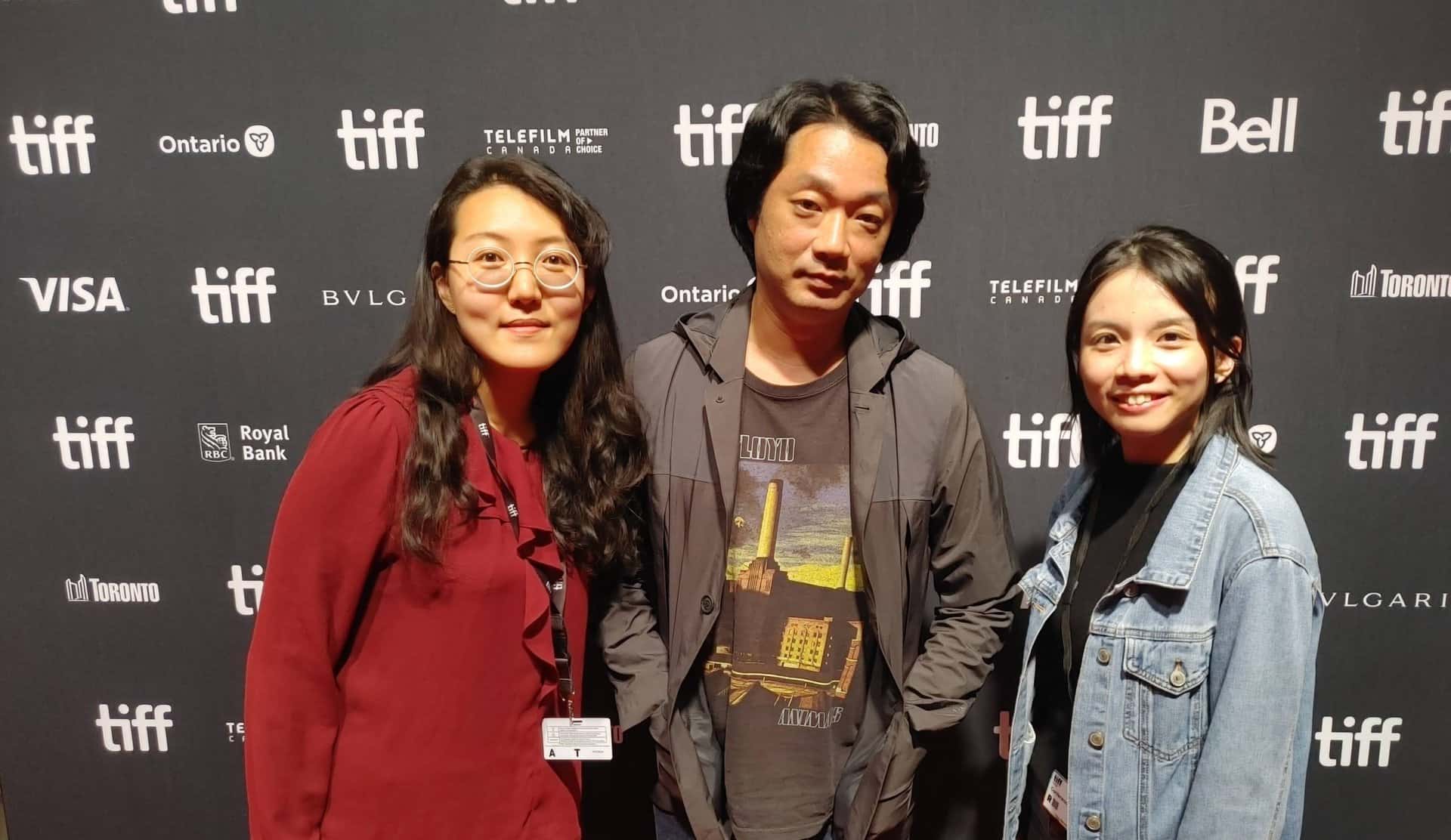As we have mentioned before in our review of films from the country, Mongolian cinema has been taking gradual steps towards a very interesting path, away from the exotification of the country, which usually revolves around stories taking place in green fields, and instead dealing with contemporary themes, which, most of the time, take place in the urban centre. This effort, which is mostly driven from two companies, Mongolfilms Distribution and The Filmbridge has resulted in a number of very intriguing productions, which also, finally, move also towards genre paths, apart from arthouse ones. In this article, we present ten of the most noteworthy, once more with a focus on diversity, in reverse chronological order.
1. The Only Reason (2022) by Batzaya Gandush
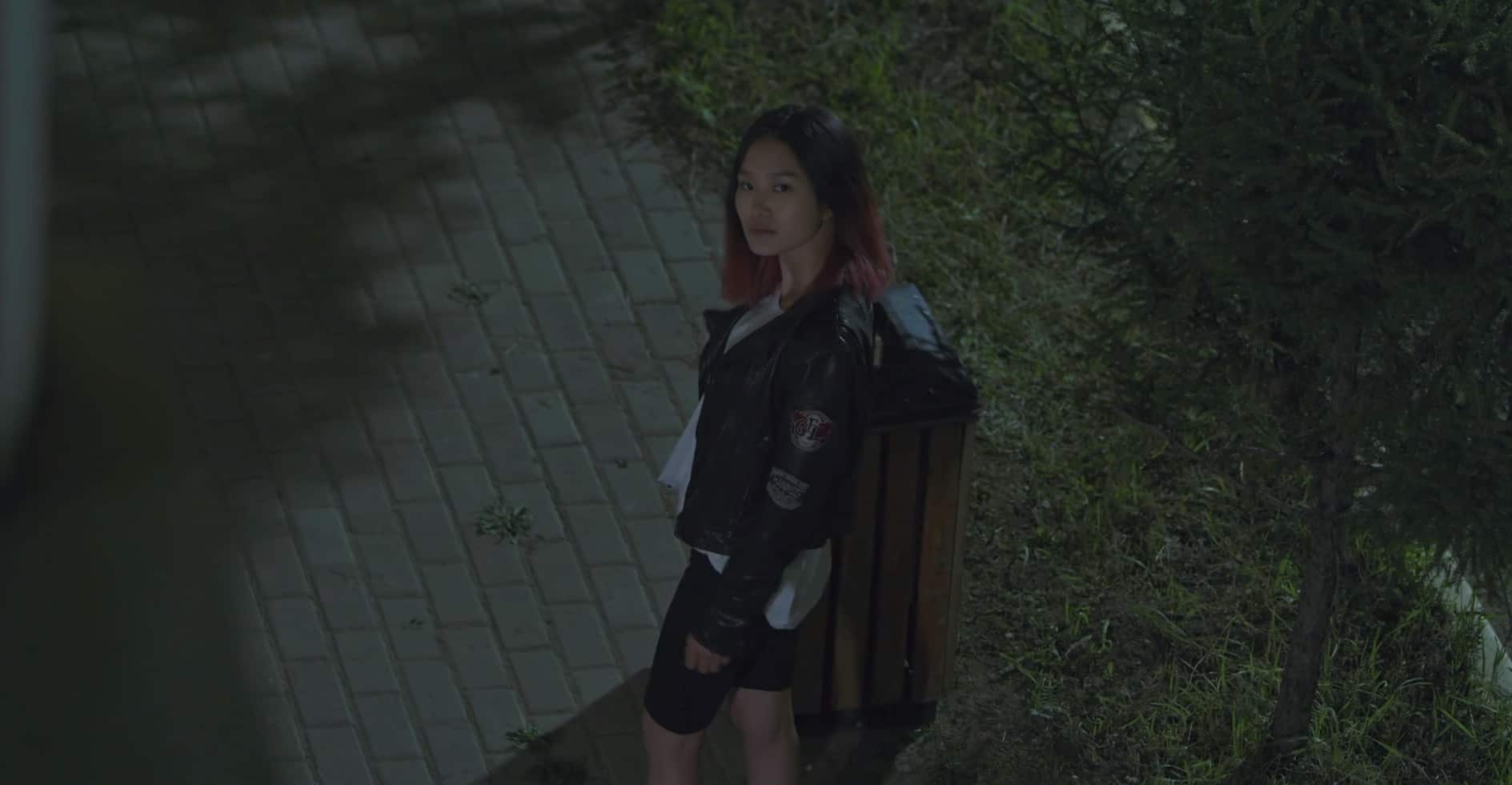
Emma is an aspiring singer who lives with her self-centered boyfriend, in a relationship that is problematic to say the least. Furthermore, the girl faces a rather intense psychological issue, since she does not seem to be able to sing in public. On a fateful night, she decides to leave her boyfriend and starts roaming the streets during the night, eventually stumbling upon a young guy, who, after getting shoved by her boyfriend, takes her in and tries to help her with her issue. During the same night, a drunk painter, Uchral, is also roaming the streets, causing trouble, in a path that eventually leads them to the room of a young girl who is soon revealed to have cancer. The two form an unlikely friendship, but the young man has to face a number of demons. In the meantime, a deadline for him and a talent show for Emma are upon them.
There are a number of elements that definitely tick the pros column. The energy of the initial scenes with Uchral are captivating at times, particularly with his walking through the night and his violent temper, with the same applying to Emma’s walk, and the sudden appearances again of Uchral, that induce the movie with a slight surrealistic note. Furthermore, the concept of the singer who cannot sing in public, and the ways her new friends come up with in order to make her overcome it are quite entertaining to watch, with the scene with the local women singing and the “magical night” one being among the best moments of the movie. The relationship of Uchral with the girl with the cancer is also rather appealing, as much as how her courage changes him, with Gandush, though, not leaving the reality of the whole thing completely off the story. The same applies to the presentation of how difficult relationships can be nowadays and the whole concept of trauma, both of which are realistic in their presentation.
2. Disorder (2022) by Byambasuren Batdelger

A screaming girl opens the movie, essentially setting the tone of what is about to follow. Before that, however, the actual story begins in toned down fashion, in a school that is revealed parents send their privileged but problematic children. The protagonists among the many teenagers soon come out, during a scene in a classroom. Gardi, the son of a prosecutor general and his two friends, Jirgee and Garid, who always carries a shant with him, and Enerel, a girl who, in the beginning at least, the three boys seem to dislike. A sense of disorientation about what the school is exactly about permeates the story, but what becomes evident from the beginning, is that no one can get out, and that the upcoming Test, which is obviously not a simple exam, is unavoidable. Furthermore, the director, and his number 2, Teacher Tsezen are willing to impose the rules with an iron hand, even if the latter does not exactly agree at all times. As the past and the actual current circumstances of the students are revealed, so does the role of the school, while the inevitable violence soon ensues.
the first aspect one will notice is the maximalistically decorated building the story takes place in, which looks like a boarding school with a first look, but also emits a sense that something dangerous is lurking inside. The speech of the director regarding predators and the overall attitude of Tsezen also become part of the thriller that eventually turns into a horror, with their overall demeanor, their cooperation and their disagreements being among the best traits of the movie. This element also benefits significantly from the two actors, Dashnyam Byambatsogt and Jamsranjav Oyundari respectively , who give the most memorable performances. The incidents of madness that take place throughout the first part of the story, as in the case of the intro for example, in an otherwise calm setting, also add to the atmosphere, as does the constant mention of a Test that does not seem exactly harmless.
3. The Woman (2020) by Otgonzorig Batchuluun
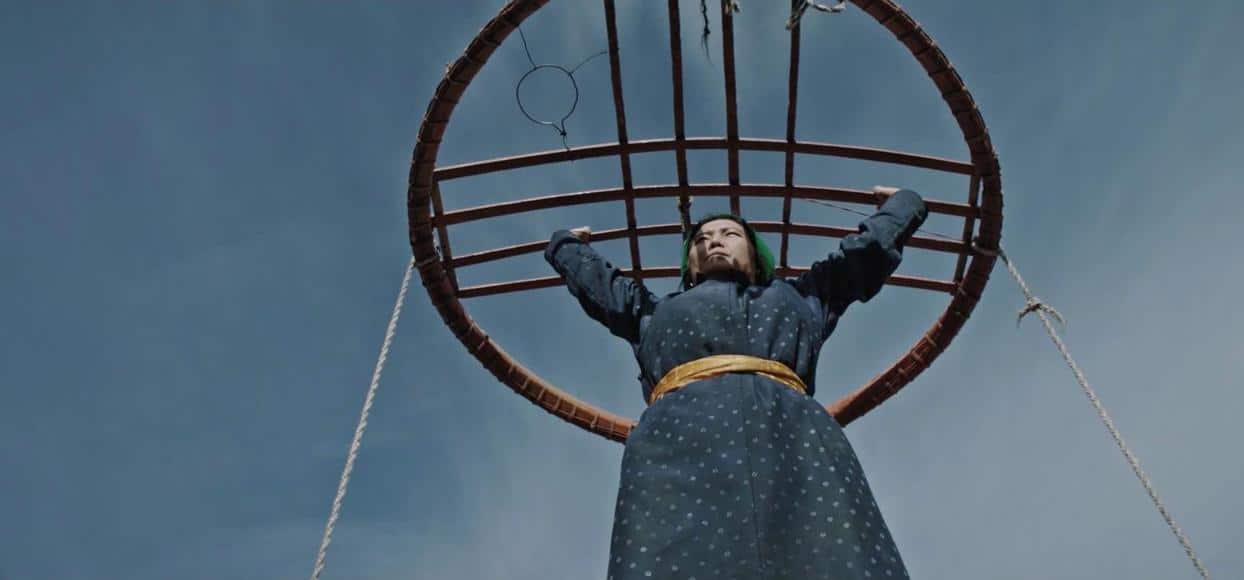
In the remote Mongolian mountains, Dagiina lives with Eruult, her mother-in-law and her two young children, Ider and Ujin, herding their flock almost completely by herself. Occasionally, a local man comes and helps her with the more difficult tasks, but he also insists for her to marry him and move to the nearest town with him. However, since her mother-in-law insists on staying in the steppe, and her being convinced that she would be not be able to get accustomed to the life in the city, she declines, much to her friend’s frustration. Eventually, Pak Te Su, a Korean man who also has trouble with his mother and his relationship, arrives in the area in order to photograph a particular bird that is to be used for a campaign of the company he works for. His search proves futile, until he meets Dagiina and her children, with her son Ider being particularly helpful, despite the lack of common language. As the story progresses, some things change, and some remain painfully the same
Otgonzorig Batchuluun directs a movie that is split in two, quite different parts, with the appearance and the going of Pak Te Su and the fate of the mother-in-law functioning as the dichotomy. The first part shows some elements of the hardships of living in the mountains, particularly without men who can handle the hardest jobs, but the presence of the Korean, and the way he is lost and cannot communicate properly with anyone, allows the narrative to retain a light and even funny essence. The second part, which actually interrupts the Korean arc somewhat abruptly, deals with the move of the family and their herd, in a particular difficult trip through the mountains that also gives the narrative a road-movie-essence, and the decision Dagiina has to make about hers and her children’s future.
4. Gergi (2020) by Janchivdorj Sengedorj
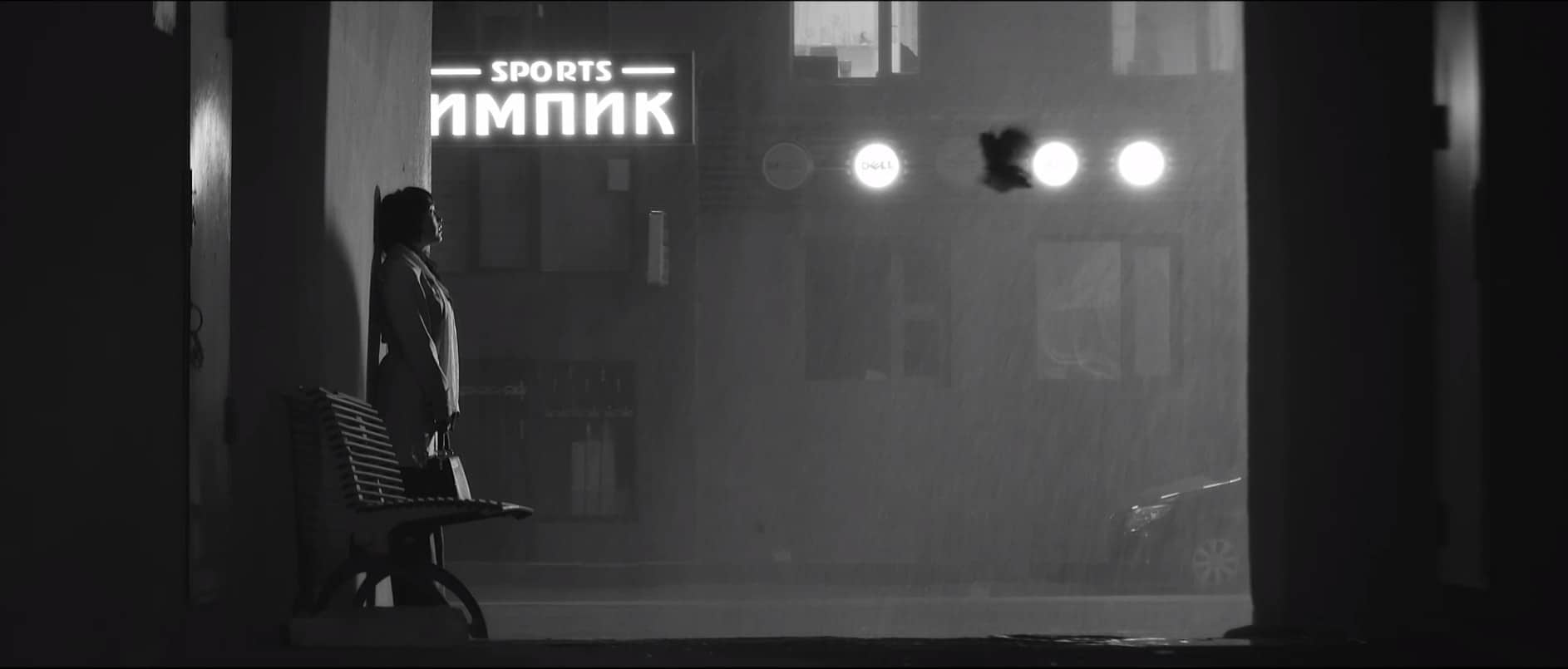
The story focuses on a married couple, Enkhee, the husband and Gerelee, the wife, with the former suffering from stomach cancer. The film deals with both their current situation and their past through flashbacks, in a narrative that provides both an intense love story and a realistic drama. Regarding the second aspect, Sengedorj pulls no punches, as cancer and its health and psychological consequences are presented in utter detail, including the medical aspect of the illness. Additionally, the inclusion of the patient’s feelings and thoughts, as we watch him trying to take care of everything before he dies and we listen to his thoughts during the illness through narration, are not elements that are frequently found in similar movies, which tend to focus on the relatives instead.
This approach is quite brave, but at the same time, quite difficult to watch. To lighten this aspect, Sengedorj implements both the flashbacks of past happiness and the dreams the two protagonists have, which provide a much-needed relief from all the drama and the ugliness associated with cancer. Furthermore, these scenes, along with the ones at the beach, are the most visually impressive in the film, with DP Nergui Erdenekhuyag using a number of techniques (slow-motion, black-and-white) to present a plethora of memorable sequences. Lastly, the scenes also work on a contextual level, on par with the overall realistic premises of the movie, since dreams and memories are the only way out of misery people who experience cancer have.
5. Remember Me (2020) by Gan-Ochir Enebish

Murun works in the local school library while her mother on the public one. The mother, however, is very sick and needs to be transferred to the city for proper treatment in a hospital. The two of them do not have enough money for a move, as the government does not allocate any money to the mother’s wages. Meanwhile, the recycling business in town, which is run by a local man and his wife, functions like a mafia, in essence controlling the poor inhabitants by trading whatever material they bring them, for alcohol they manufacture themselves or a bit of money. Javkaa and his friends also do the same, trying to scavenge whatever parts they find and using the money for candy and cigarettes. At the same time, their first sexual notions start to build up, while the Javkaa soon finds himself in love with Murun. All the while, as even the few resources around the area run out, most of the villagers abandon the place for the city.
Gan-Ochir Enebish directs a film that unfolds through two, interconnecting axes. The first is the coming-of-age one, which Javkaa experiences with his friends and due to the feelings he eventually has for Murun, and her not having the “leisure” to do so, since she and her mother barely make a living. Through this situation, Enebish seems to make a rather pointy comment for the failures of the then previous generation, which left the young people of the 90s a state in shambles, in essence forcing them to grow on their own. This aspect brings us to the second axis, the sociopolitical one, with Enebish presenting a decaying society, whose members have lost any kind of integrity and self-esteem, as they are willing to sacrifice everything around them, occasionally to make a living, but also occasionally to just have a drink. This decay is mirrored in the way the village is portrayed, with Kh. Ulzibayar’ cinematography depicting an almost dystopian setting, through the high contrast and the hues of grey that dominate the images.


